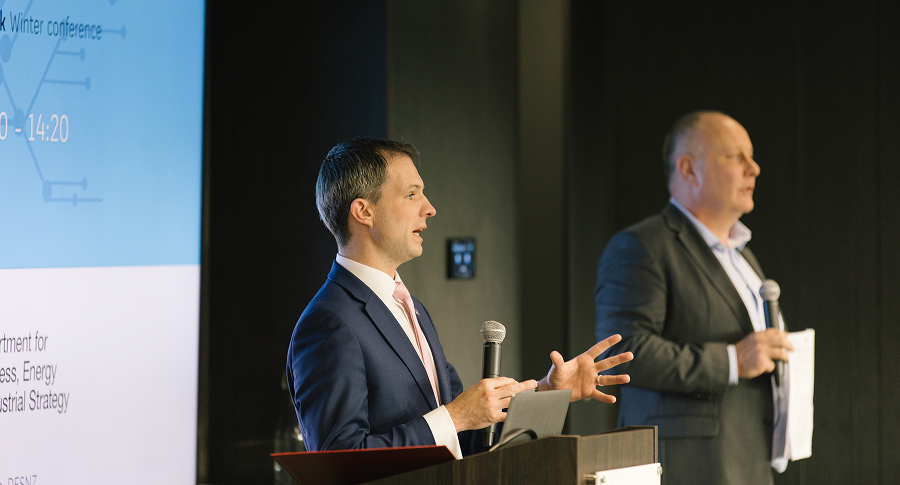Regen has been closely engaged in the reform of the connections process, drawing on the expertise of its 200 member organisations. We held a working group on the consultation proposals, which was attended by more than 100 members, and discussed the key issues with Energy Minister Michael Shanks and Connections Delivery Board chair Jack Presley-Abbot at the recent Electricity Storage Network annual conference. We have also provided a forum on the details of the reform, to support our members to respond on their own behalf.
Regen is supportive of the process of connections reform. The current processes for connecting to the transmission and distribution networks have led to long timelines to connect and are not fit for purpose for the energy transition. The shift to strategic planning of the energy system also means that reform is required to align connections policy with these plans.
We are grateful for the work put in by NESO, and many in the industry, to developing an entirely new connections process on an accelerated timeline. Our response is focused on how connections reform will impact achieving the CP30 mission and support the GB market to attract the scale and pace of investment in generation and storage projects required.














